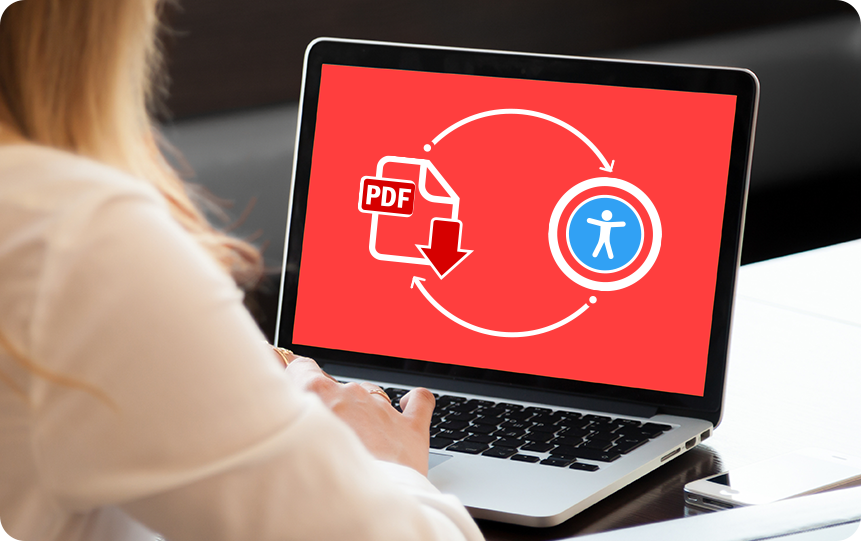Mar 2 2023
Navigating Complexities and Challenges with PDF Accessibility

Vice President - Content Delivery & Solutions

Mar 2 2023

Vice President - Content Delivery & Solutions

PDFs have been around since the 1990s as a medium to exchange immutable documents electronically and were the first form of digital education. Today, they are an integral part of education across age groups in all e-learning solutions. Studies suggest about 4 in 10 students would like to use digital learning tools to learn more often. Digital learning platforms extensively use PDFs to give learners materials they can refer to whenever needed, so it is highly critical to ensure these documents offer inclusive learning experiences.
How well do you think a person with abnormal motor function can access a PDF, and what about the visually impaired? Used in many information and online learning platforms, PDFs may not be accessible for many types of readers. Due to the growing need and compliances around DEI compatibility of digital learning solutions, the accessibility of PDFs has become a significant concern among teachers at schools and universities. Digital accessibility compliances will soon mandate ensuring that PDFs also follow accessibility guidelines.
Here is a checklist to ensure that PDFs in your learning solutions meet the accessibility requirements:
The biggest challenge today is to make existing PDFs accessible, but the second is to ensure access to advanced technologies to help new PDFs created comply with the regulations.
Teachers must create lessons and other learning materials using an authoring tool that:
Ensuring accessibility for existing and new PDFs could seem like a gigantic task, but partnering with the right technology partner makes it seamless. MRCC EdTech has partnered with educational publishers, schools, universities, and EdTech companies to meet the digital accessibility compliances like WCAG, Section 508, ADA, etc. Our digital accessibility solutions consist of an array of tools to elevate the experiences of differently abled learners.
We can ensure your digital learning products and platforms cater to the needs of diverse learners, and meet inclusivity requirements. We have processes and tools in place that can help you evaluate how well-prepared your solutions are to face the DEI-compliant regulatory framework. Talk to our experts to learn more.
Leave A Reply
Your email address will not be published. Required fields are marked *